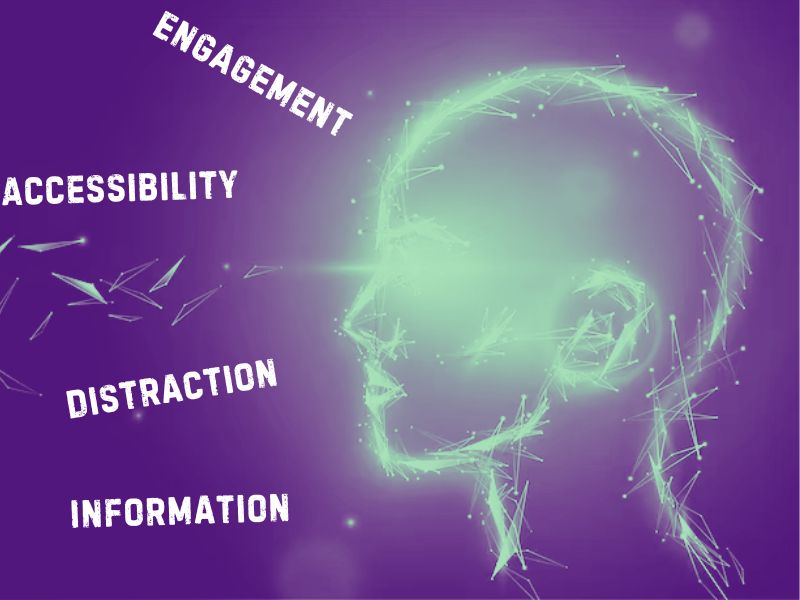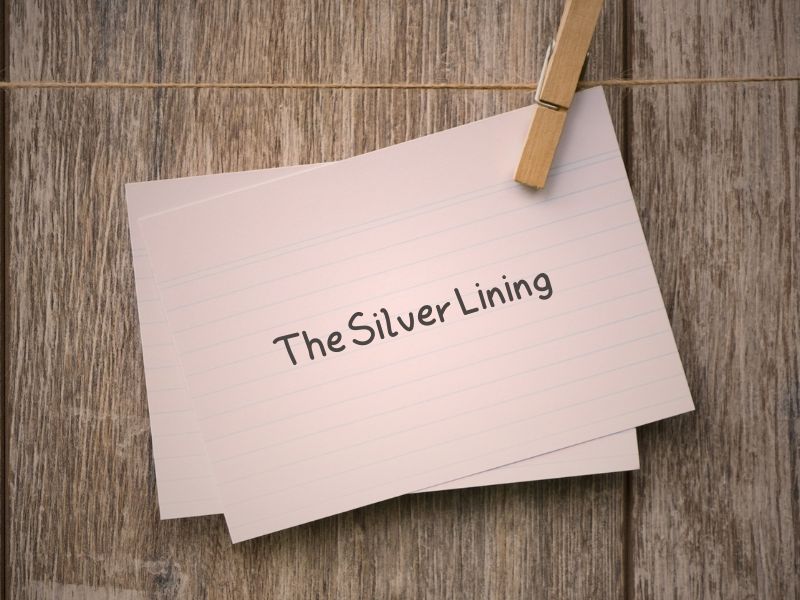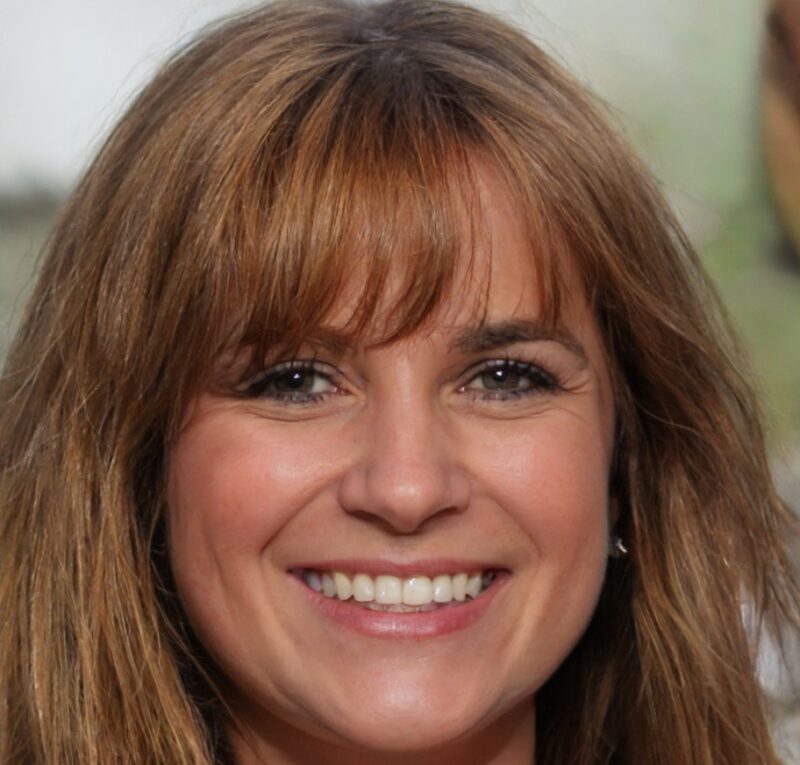Ever find yourself scrolling through an online article, bombarded by videos, GIFs, and interactive maps, when all you wanted was a quick read on the latest news?
Welcome to the world of multimedia storytelling, a fancy term that’s been thrown around in journalism circles more often than a beach ball at a summer concert.

What This Means?

Multimedia storytelling? It’s like that friend who can’t tell a story without pulling up pictures, videos, and voice notes. Except, in this scenario, the friend is a journalist, and their toolkit is crammed with every digital gimmick you can think of.
- Videos: Why read when you can watch?
- Audio clips: Listening can sometimes be more immersive.
- Interactive graphics: Click here to feel involved.
- Photos: A picture is often worth a thousand words.
The Promise vs. The Reality
You’re told multimedia storytelling enriches the narrative, making stories more engaging and informative. It’s supposed to be the bridge connecting you, the reader, with the story on a deeper level.
And sure, who wouldn’t want a story that leaps off the screen, grabs you by the shoulders, and says, “Look at me!” However, the reality is that half the time, it feels like a chaotic jumble of media thrown together by someone with a severe case of digital ADHD.
You came for a story, but you leave feeling like you’ve just sprinted through a maze, blindfolded, with random objects being hurled at you.
Let’s Get Critical

So, what’s the deal? Is multimedia storytelling the revolutionary tool it’s made out to be, or is it just an overhyped, digitalized mess?
Engagement or Distraction?
Sure, a well-placed video or interactive map can add value, and sometimes, it can add more context to the story. But let’s face it, more often than not, these elements feel like someone constantly poking you in the ribs during a movie. “Hey, did you see that? Did you? Huh?”
Information Overload
There’s a fine line between being informative and overwhelming. Cross that line, and the reader’s ability to process and retain information plummets faster than my motivation to work out. As a journalist, you should always put yourself in the potential readers’ shoes. Take a look at your work with a critical eye, and ask yourself: “Would I really continue reading this?”
Accessibility
Ever thought about how all these fancy features play out on different devices? Spoiler: Not well. Good luck trying to navigate an interactive infographic on your phone without wanting to throw it against the wall.
Sure, in 2023, we witnessed a website, “Pudding,” win the Online Journalism Award for its incredible visuals, but it is a website specifically built for this sort of presentation, and it is something that is very rare when we are looking at the big picture in media storytelling.
The Silver Lining

It’s not all bad news! When done the right way, telling stories using lots of different types of media can really make a story even better. As I mentioned before, Pudding showed us that using things like videos, graphics, and other engaging visuals alongside words can give readers a deeper understanding of what you’re talking about.
Traditional stories that just use words may have a harder time doing that. The key is knowing when and how to use those extra tools without going overboard. You don’t want your article to turn into a crazy mess! Different types of media can enhance a story when used carefully.
Think about what your story is really about, and pick just one or two extra things to include that really help show what you mean. Keep it simple so readers stay focused on what you’re trying to say. With some planning, all those extras can make your writing more powerful without distracting from the message.
So, What Now?
Should we give up on telling stories using lots of different types of media? Like throw away our computers and go back to just using smoke signals and carrier pigeons? That sounds kind of fun, but probably wouldn’t work too well.
The better idea, in my humble opinion, is finding a balance. Every video, sound clip, or thing you can click on should be there for a reason – to help tell the story. It shouldn’t take you away from what’s happening or be there just because we can add cool stuff.
Everything needs to fit with and support the story. Too much extra stuff can confuse people or make them lose interest in what’s really going on. But using different types of media the right way helps bring a story to life in a more fun and engaging way. The key is making sure each part has a purpose!
My Modest Proposal
Before we let journalists loose with all the digital toys, maybe we should set some ground rules. Here’s what I suggest:
- Relevance is Key: If adding a video or graphic doesn’t enhance the understanding or emotional impact of the story, skip it.
- Simplicity Over Showmanship: Sometimes, a simple photo does the job better than a flashy interactive chart. Less is more, in this case.
- Consider the Platform: Ensure that whatever multimedia elements are used are accessible and functional across all devices. No one should need a Ph.D. in technology to read and go through your story.
Wrapping Up
Multimedia storytelling, for all its potential, often feels like a toddler let loose in a room full of buttons: chaotic, unpredictable, and occasionally delightful. It’s a tool, not a toy, and like any tool, its effectiveness depends on the skill and restraint of the user.
Let’s not get lost in the digital sauce. Stories are about connection, emotion, and understanding. If a bunch of flashing lights and moving pictures gets in the way of that, maybe it’s time to step back and remember what storytelling is really about.


